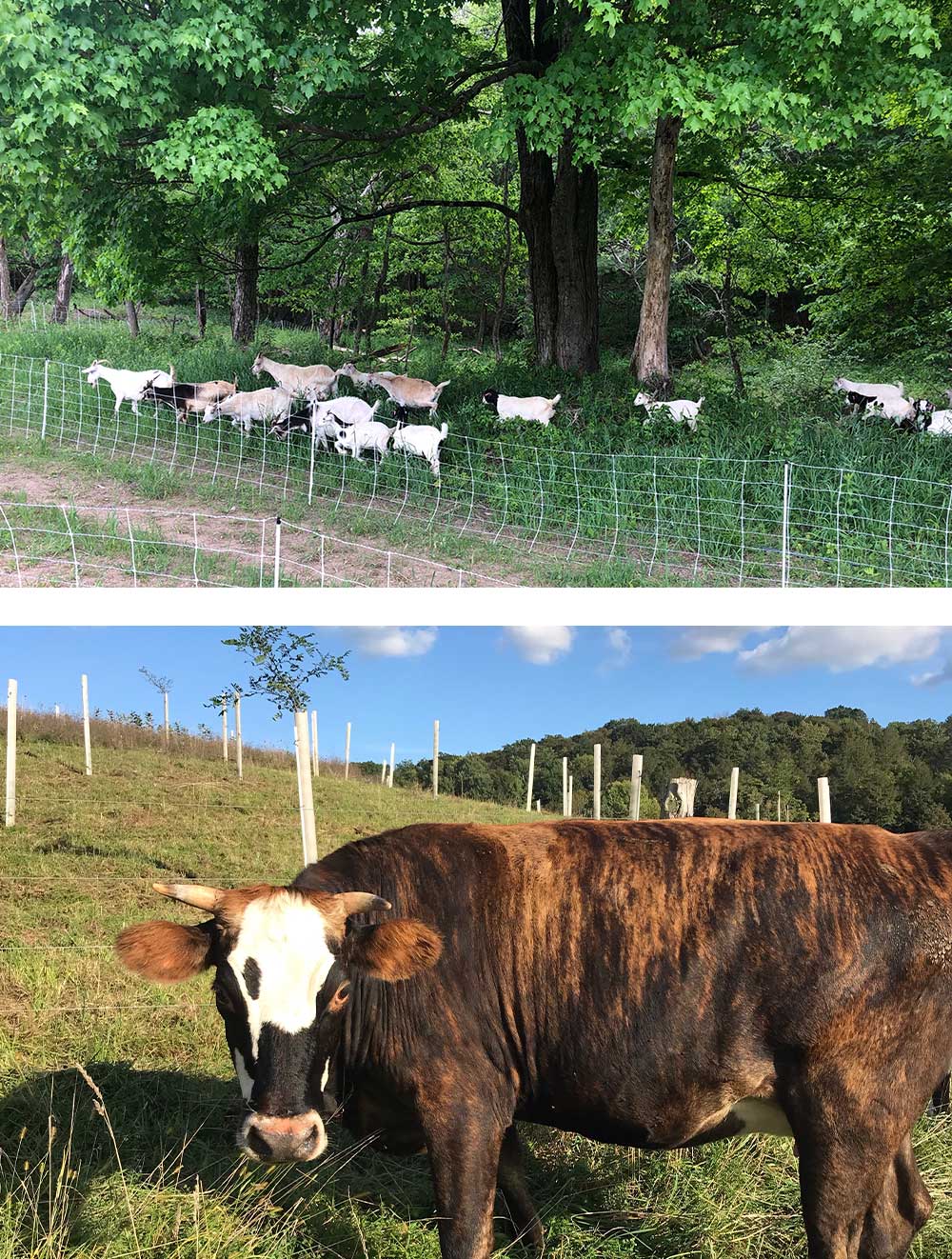Fall ’25 Bare-Roots – Order Now
Fall ’25 Bare-Roots – Order Now
|
We sat down recently with our friends at the Nature Calls podcast at Cornell Cooperative Extension to talk about the use of agroforestry and biochar for ecological restoration and climate resilience. Have a listen and check out more than four dozen other timely conversations below:
Agroforestry integrates trees and other perennial plants into agricultural systems. Examples include orchards, silvopasture, edible hedgerows, and alley cropping. Planting more trees, shrubs and hedges on farms means healthier soils, higher yields, and more habitat for native wildlife. Integrating trees into the landscape also holds more moisture on the land, reduces erosion, moderates temperature fluctuations, and generally creates resilience to extreme weather and climate change.

Biochar supports the microbial health of the soil to the benefit of plants and the planet. Biochar is a concentrated form of carbon produced from the pyrolysis of biomass. It creates habitat for microorganisms, improved soil structure, and better water holding capacity, which translates into higher and more consistent yields. Biochar remains can store carbon in the ground for centuries, offsetting the release of carbon released from fossil fuels. It’s a multifunctional natural climate solution.

Ecological restoration is an approach to natural resource management that proactively rehabilitates ecosystems to improve resilience and increase biodiversity. Mismanagement has led to the widespread destruction and degradation of sensitive ecosystems that are vital for a stable climate and the many ecosystem services on which we rely (e.g., plentiful, clean water). Restoration focusses on important and sensitive areas, including the healthy soils, resilient forests, vital riparian and wetland ecosystems, and native pollinator habitat.
